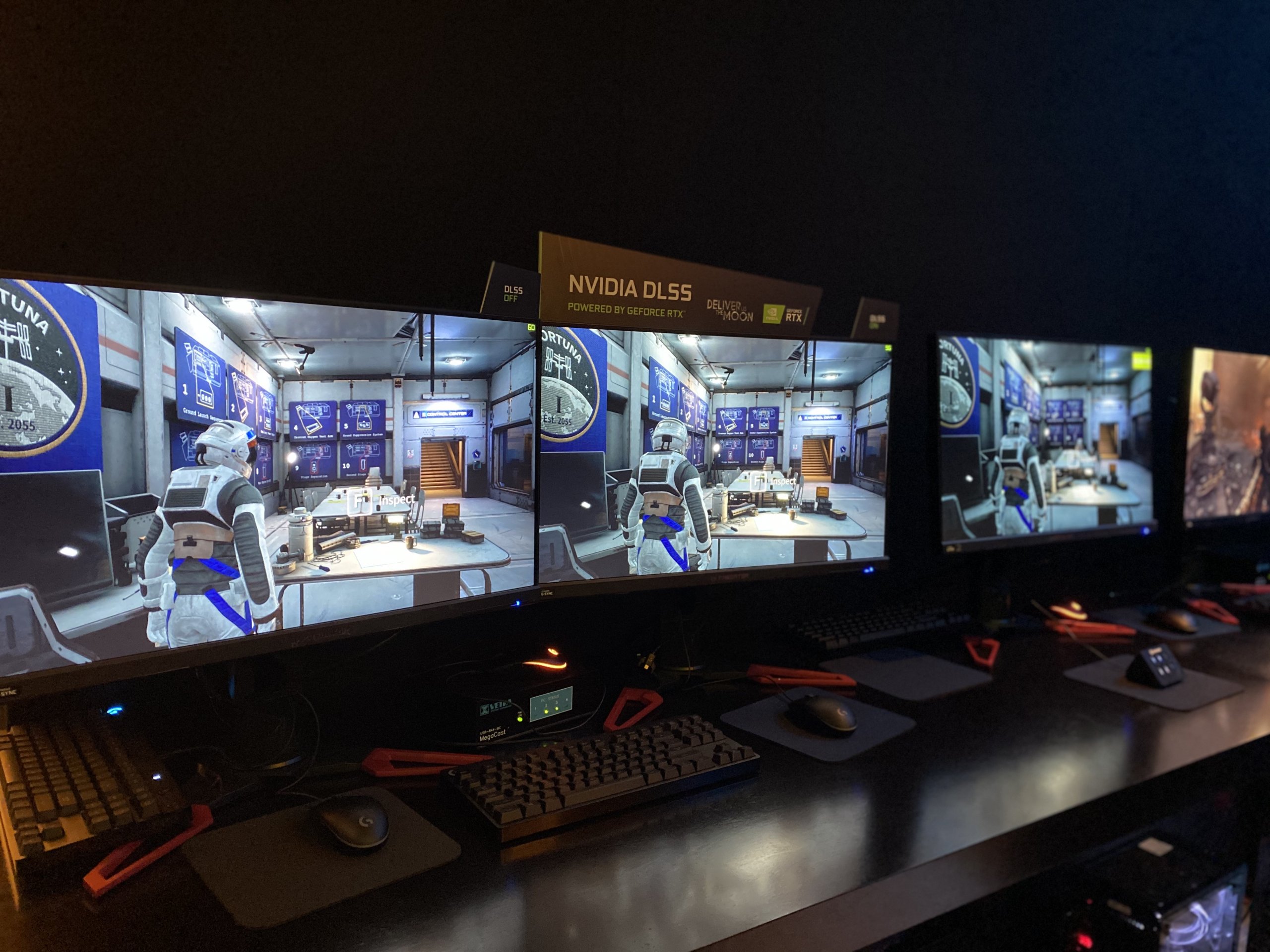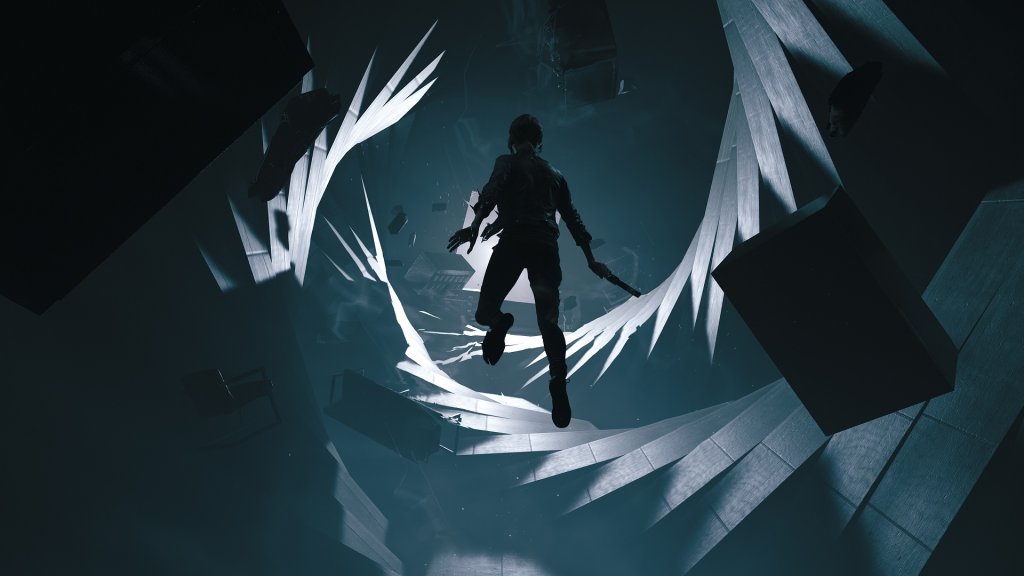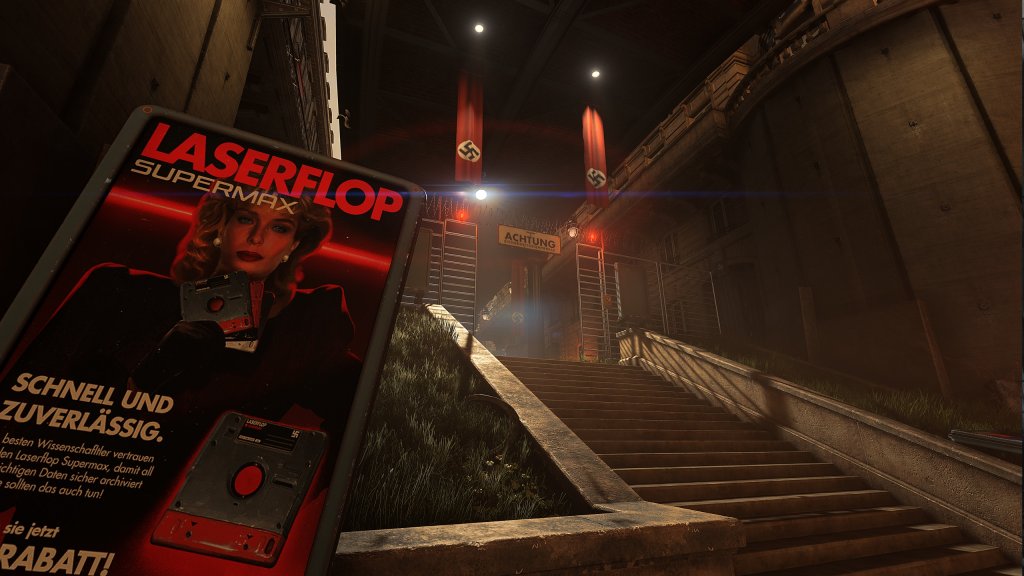
Ray tracing is quite the buzzword in the gaming world today, and with good reason. It’s very cool, very exciting technology, and Nvidia showcased its own breakthrough in ray tracing technology at CES 2020.
Before we get to that, what exactly is ray tracing? Even if you’re not familiar with gaming, you’re probably familiar with the concept. Ray tracing has been used in movies and TV for a while. Pixar, for example, first implemented the tech in its movies in 2013, starting with Monsters University. “Ray tracing” is just the act of rendering simulated light, or fake light. Knowing that’s all it is, it’s easy to think of movies or TV shows you’ve seen it in.
Ray tracing in video games: Not ready for the average consumer

Truth be told, ray tracing is nothing new in games, either. Ray traced lighting effects have been around for a long time. The reason the technology is catching more attention now is that games and 3D modelers are starting to experiment with something called “real-time ray tracing.” The difference between this and traditional ray tracing is that real-time ray tracing, which Nvidia calls RTX, is actively generated as you play a game. This way, the fake light can interact with objects, shadows, and reflections to create more realistic scenery than ever before.
The only problem with implementing it, even in graphically stunning games like Remedy Entertainment’s Control, is that it wreaks havoc on your PC. It’s incredibly difficult to run smoothly without the best graphics cards money can buy, and until graphics manufacturers and developers can solve that problem, it won’t be consumer-ready.
The good news is that Nvidia thinks it may have solved the problem. Or, the company is at least closer than they ever have been before. The secret? Deep-learning technology, powered by artificial intelligence and super computers, and run on Nvidia’s patented Tensor Cores within their new RTX graphics cards. This technology is called Nvidia DLSS, and although Nvidia has included versions of it in RTX 20-series GPUs before, the new iteration of the software takes real-time ray tracing to an entirely new level. It’s now more accessible technology than ever before.
The science behind Nvidia DLSS

DLSS is, at its core (pun intended), artificial intelligence, or AI. It’s a deep-learning program that runs within Nvidia’s newer graphics cards, on physical cores called Tensor Cores. Because it’s run within the card itself, game developers don’t have to do a lot to implement it into their games. The processing power is in the hands of Nvidia, not the game that’s using the feature.
So what does this AI program called DLSS do, exactly? Nvidia’s answer is very technical, and it involves things like super-computing and other very complicated concepts. It’s simpler than that, though. When you turn DLSS on, the Nvidia AI shrinks down the rendered game behind the scenes to a smaller resolution. Typically, that resolution is 720p, but Nvidia told me at CES that it also uses 1080p in certain games. This shrinks down all of those demanding real-time ray tracing lighting effects to a more manageable level. Then, the AI reconstructs the game to match the resolution you’re playing at, optimizing the lighting effects pixel by pixel to better match your system and habits.
You don’t see any of this happen while you’re playing the game, though. It all happens in the background seamlessly, and the picture quality is almost identical. I say “almost” because while I couldn’t see any differences myself in person, there might be some smaller things I missed. We played both Wolfenstein: Youngblood, whose RTX features are just arriving this week, and Deliver Us The Moon, an indie title. After playing with and without DLSS at Nvidia’s CES suite for a bit, I was sold. It works. It works really well.
The promise of DLSS

What matters most is the bottom line. What is DLSS aiming to accomplish, and does it actually hit the mark?
Nvidia’s reps told me that this new and improved DLSS in newer, more modern games can hit 60 percent framerate jumps. That’s a big deal, as we were barely able to hit 60 fps in Control with all of the RTX bells and whistles turned on despite having one of the best graphics cards on the market, a liquid-cooled RTX 2080 Super.
Well, 60 percent may be a little overzealous, at least from what I played. In both Wolfenstein and Deliver Us The Moon, I experienced significant improvements, but not quite 60 percent. To be exact, frames jumped from about 60 in Wolfenstein to over 90 with ray tracing turned fully on, and they jumped by about 40 in Deliver Us The Moon, which was running on the lowest-end ray-tracing-capable GPU available, an RTX 2060. Getting above 60 fps in a ray-traced title on such a low-end card, while running full RTX at high graphics, hasn’t been seen before. If it can be implemented in other RTX titles to bring those hyper-realistic lighting effects to more people, that’s nothing short of groundbreaking.
More importantly, it’s exactly what real-time ray tracing needs to thrive, and it’s already being implemented in some titles, according to Nvidia.
